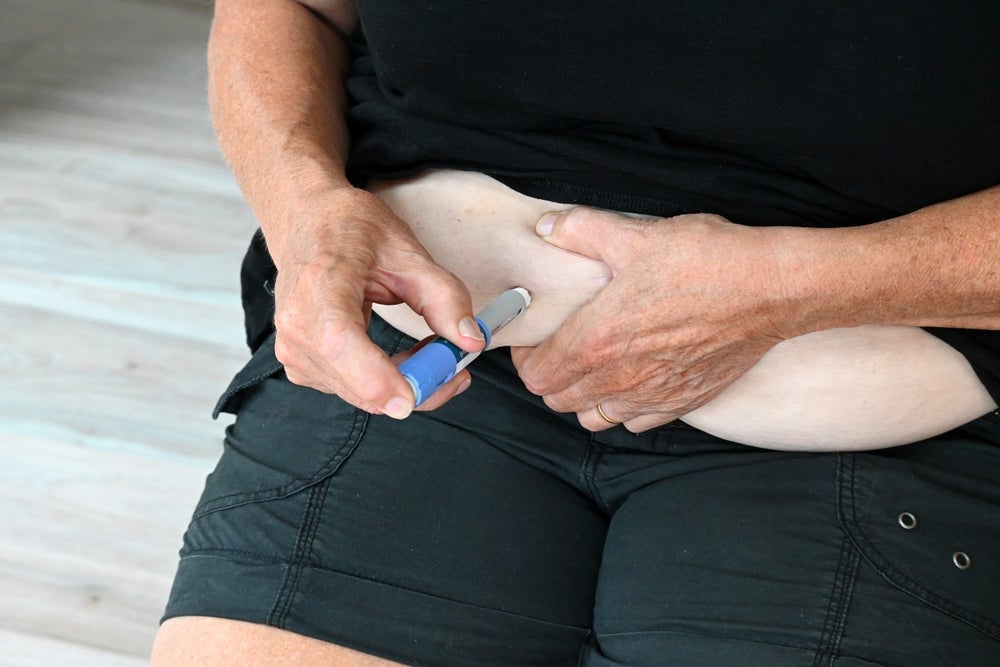Odyssey Health has reported positive data from Cohort I of the multi-day ascending dosing (MAD) arm of the Phase I clinical trial analysing its new drug, PRV-002, to treat concussion.
The Phase I MAD trial is underway evaluating PRV-002 in 16 healthy human participants.
It is being carried out by clinical research organisation Avance Clinical, through Nucleus Network, which is a Phase I trial provider with various sites in Australia.
Previously, the Phase I SAD arm of the drug was completed and found to be well-tolerated.
MAD Cohort I participants received the drug for five successive days.
Cohort I of MAD enrolled eight subjects, who received one low intranasal dose of PRV-002 and underwent subsequent analyses for abnormal responses.
How well do you really know your competitors?
Access the most comprehensive Company Profiles on the market, powered by GlobalData. Save hours of research. Gain competitive edge.

Thank you!
Your download email will arrive shortly
Not ready to buy yet? Download a free sample
We are confident about the unique quality of our Company Profiles. However, we want you to make the most beneficial decision for your business, so we offer a free sample that you can download by submitting the below form
By GlobalDataAccording to the safety findings, PRV-002 was found to be safe and well tolerated in this cohort.
Furthermore, no severe adverse events were reported.
A synthetic neurosteroid, PRV-002 is being developed to treat mTBI (concussion).
PRV-002 showed neuroprotective effects in line with, if not superior to neurosteroids in preclinical studies.
In animal concussion models, PRV-002 was found to lower the behavioural pathology linked to brain injury symptoms such as impairment in memory, motor/sensory performance and anxiety.
Odyssey Health drug development head Dr Jacob VanLandingham said: “PRV-002 appears to be well-tolerated when given intranasally.
“If PRV-002 is found to be efficacious for concussed patients in the Phase II/III trials, I believe that intranasal brain-targeting will be the key to its success.
“So far, the intranasal drug/device combination has functioned nicely and has been well-tolerated in the clinical setting.”







